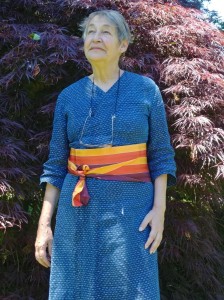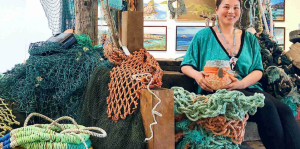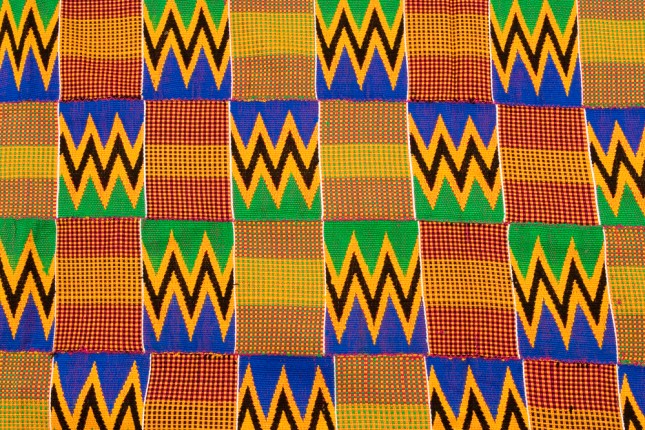
I’m sure members are aware of the work of Fiona Kerlogue, former senior curator at the Horniman Museum in London, prolific author and researcher and long-time member of the OATG. Fiona was recently interviewed by gallery owner and author Michael Backman about her career and her latest book on an Indonesian batik collection in Prague. Click here to listen to the podcast.

The recording of Fiona’s talk to the OATG about this collection (Translating textiles: The Indonesian collections of Josef Srogl) is also available to view in the password-protected Members Resources page of our website.
******************************
While on the subject of podcasts, Michael Backman has also recently interviewed Ake Thweep Rittinaphakorn, who gave a talk to the OATG back in April (Frontiersmen of the Crossroad: The Fusion Style of Chinese Shan Dressing). Ake’s main passion is Burma, as evidenced by his new book Unseen Burma. Click here to listen to the podcast of the interview. Again the recording of Ake’s talk is available to view in the password-protected Members Resources page of our website.
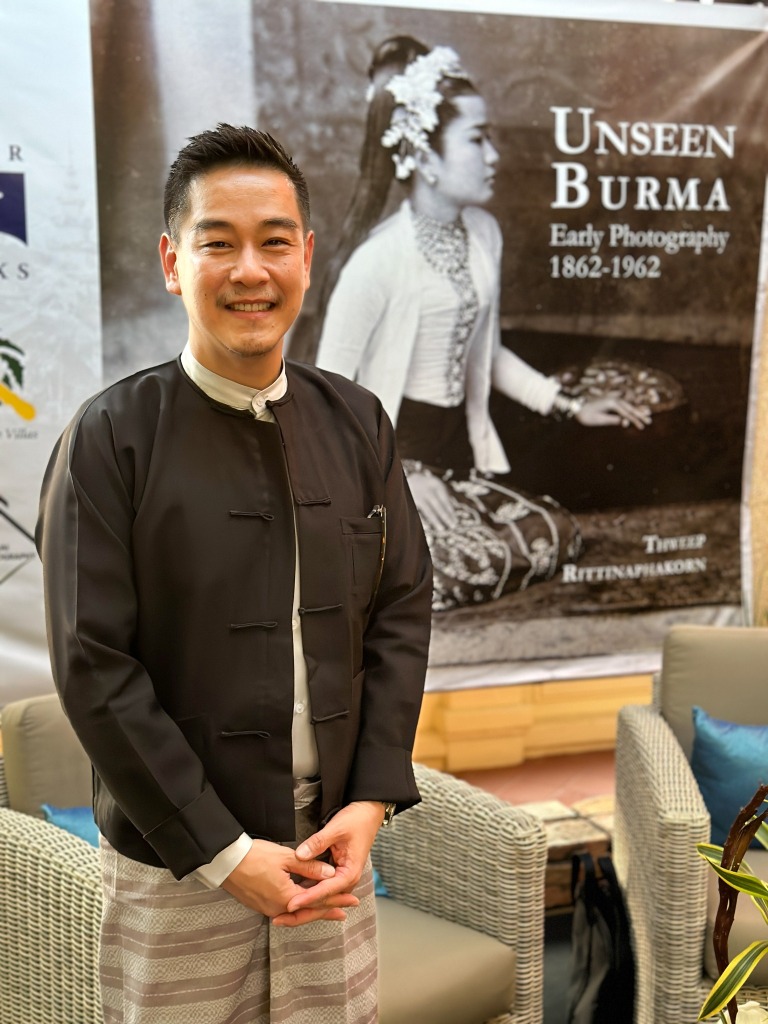
******************************
A reminder that the recording of the talk that David and I recently gave on Sumbanese textiles for the George Washington University and the Textile Museum is now available online.
******************************
The next issue of our journal – Asian Textiles – has just left the printers and will be with members shortly. Highlights include a wonderful fully illustrated article on Art Nouveau batik in the former Dutch East Indies by Kees de Ruiter, another on Burmese textiles by Fiona Kerlogue, not forgetting that on Kashmir shawls by Nick Fielding. A digital version has already been uploaded to the Members’ Resources page of our website – so our many international members won’t have to wait for the arrival of their airmailed copy.
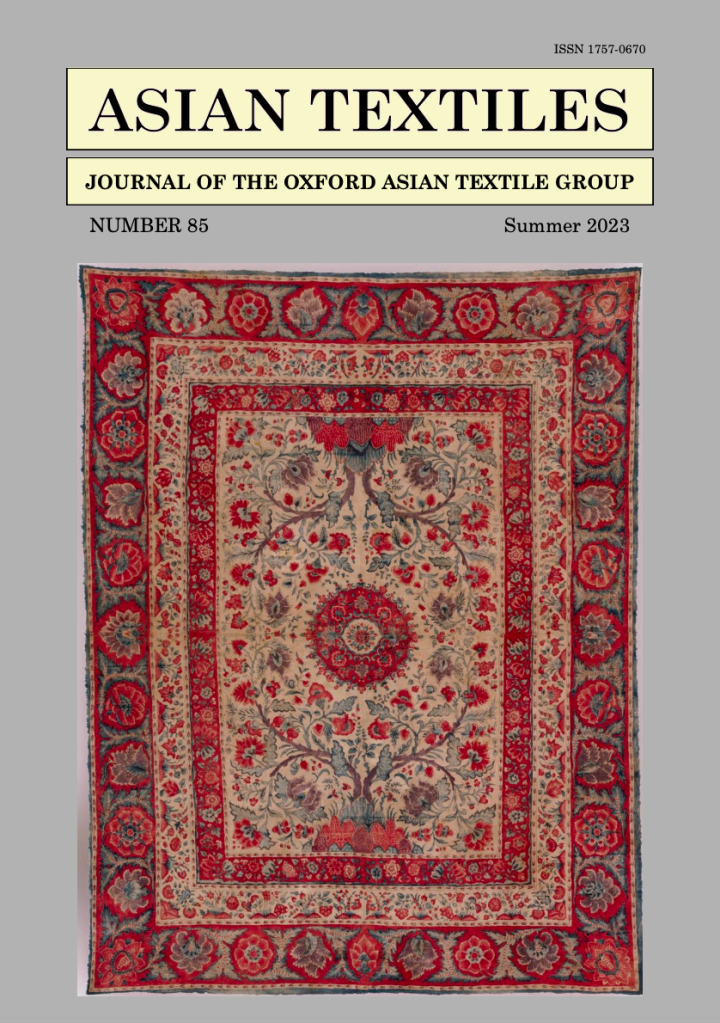
******************************
I’ve just received the latest copy of Textiles Asia, a journal edited by Bonnie Corwin, which I’ve subscribed to for a number of years. Highlights in this issue for me were the excellent piece on the Tribal Blankets of Southern China by Lee J. Chinalai and another on Flower Skirts and Associated Textiles of the Tai Muang of Nghe An Province, Vietnam by Russell Howard.
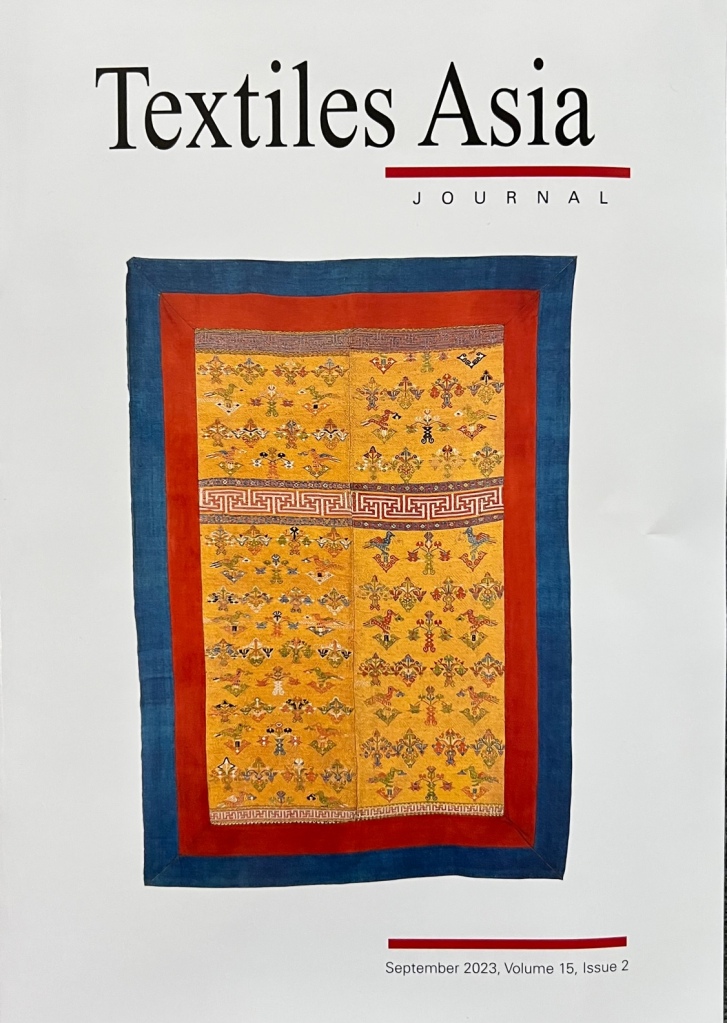
******************************
On the subject of Textiles Asia, I was interested to read in the list of exhibitions about Last Garments. Grave finds from the Assi el-Hadath cave in Lebanon, which runs until 12 November 2023 at the Abegg- Stiftung in Riggisberg, Switzerland.
“The textiles are shrouds and garments discovered in the Assi el-Hadath cave on Mount Lebanon between 1988 and 1993. There, in the thirteenth century, people sought shelter, lived and buried their dead. Thanks to the dry climate, the textiles have been preserved.” – museum website
If you can’t get to the exhibition I strongly recommend visiting their website, which has excellent images and information about these remarkable finds.
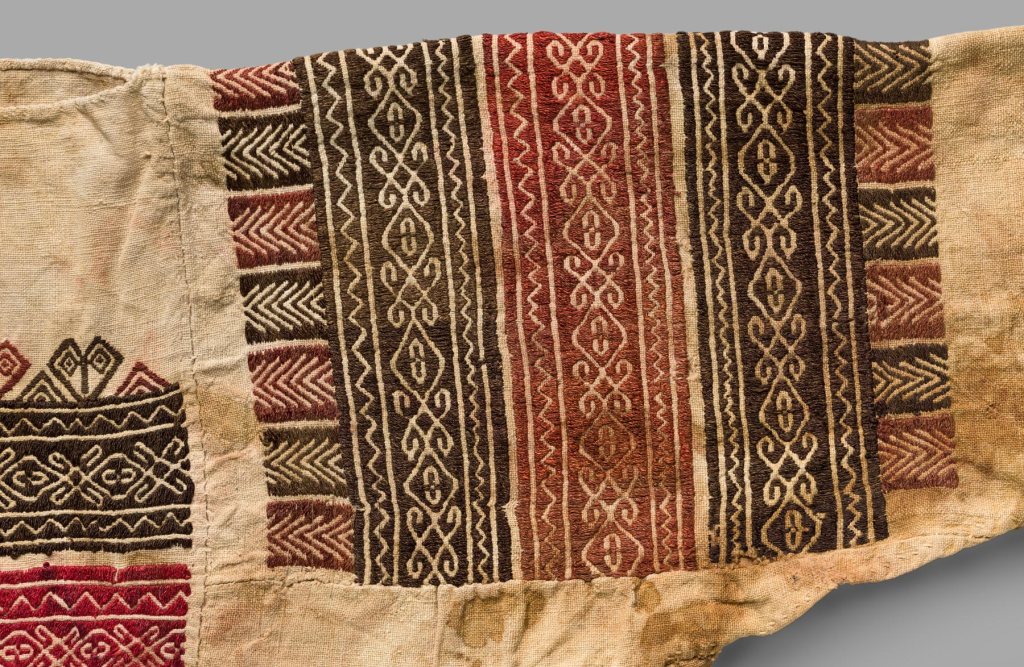
******************************
African by Design: Form, Pattern and Meaning in African Craft, which is currently on show at the Mingei International Museum in San Diego, will close on 17 September 2023.
This exhibition “shows that throughout the African continent, handmade crafts have been and continue to be central to the unfolding of daily life. On top of their importance as well-made, functional objects, African crafts are visually stunning. Objects of furniture feature bold, unexpected forms. Brilliant textiles dazzle with color and pattern. Clay vessels stand out because of their striking shapes and silhouettes, and also because of the applied designs meant to be felt with the hands.” – Museum website.
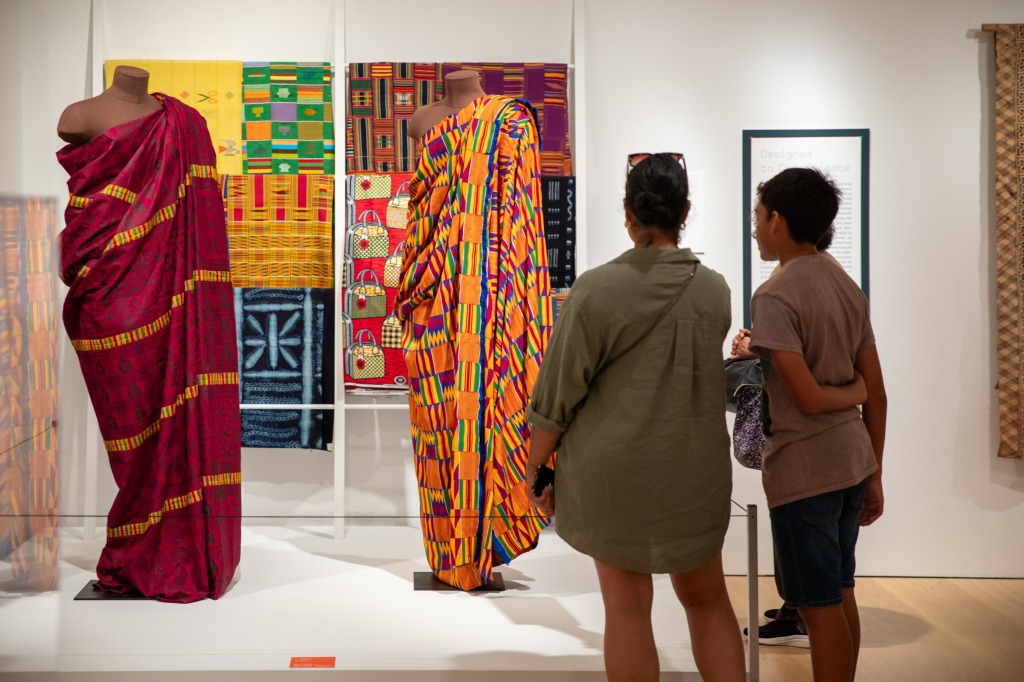
******************************
Saturday 2 September sees the first of two events hosted next month by the World Textile Day team. WTD Wales will be held in Llanidloes, the home of the Quilt Association of Wales. As usual there will be a free exhibition, and stalls with textiles from around the world. Participants include Textile Traders, The African Fabric Shop, The Running Stitches and Susan Briscoe Designs. There will also be two talks with a small charge for entry to these. Full details can be found here.
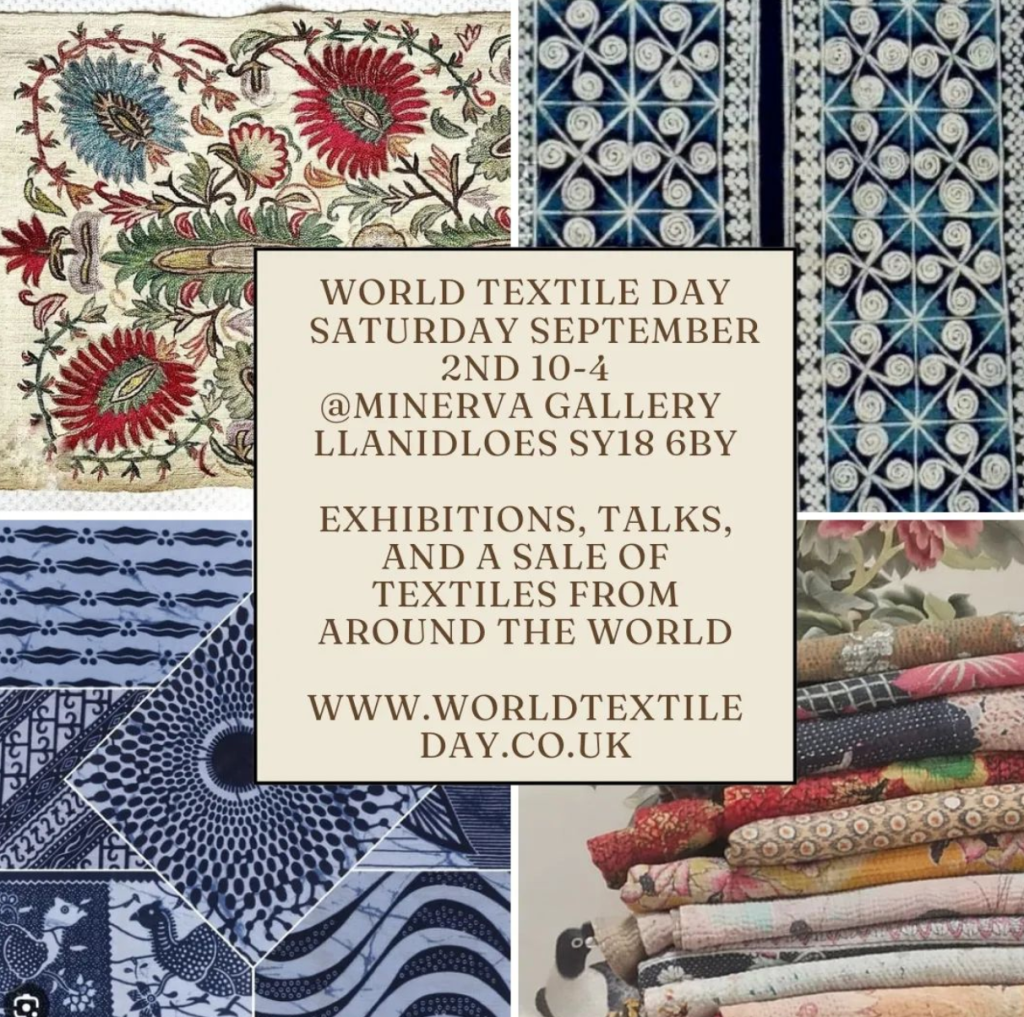
******************************
The next OATG online event takes place on Thursday 7 September at 18:30 BST. Our speaker is Dr Dorothy Armstrong, a historian of material culture, whose previous lectures to us on Mrs Beattie and Mr Getty: A Carpet Controversy (recording available on the Members Resources page) and the Ardabil Carpet were extremely popular. Her subject matter this time is Inventing the Asian Carpet: How important exhibitions of carpets in nineteenth and early twentieth century Europe formed the idea of the ‘oriental’ carpet in the West.
It is easy to assume that the beliefs we hold in the West about the carpets of the Middle East, Central and South Asia are historical truths. This lecture instead explores how a western idea of great carpets was constructed through European exhibitions. Beginning with the Great Exhibition of 1851, it goes on to explore carpets in the Paris Exposition of 1878, the Vienna Exhibition of 1892, Masterpieces of Muhammedan Art in 1910, and the International Persian Exhibition of 1931.
As usual the lecture is free for OATG members, with a small fee for non-members. Click here to register.
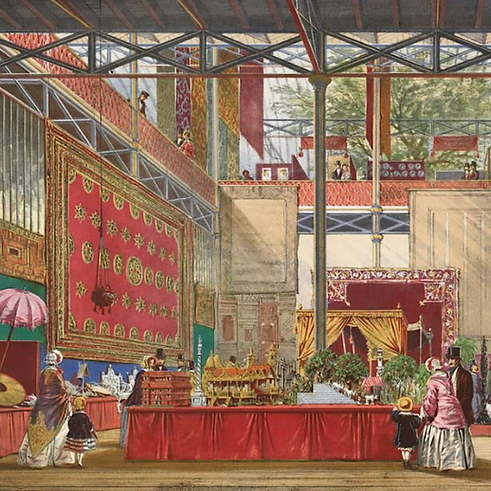
******************************
The second World Textile Day team event of the month takes place on Saturday 9 September with a World Textiles Market at Chipping Norton in Oxfordshire. Be sure to arrive early to get the best of what is sure to be a wonderful selection of textiles! More details here.

******************************
Having spent a lot of time in Central Asia, I was most interested to read this interview with Petya Andreeva about the Decorative and Funerary Art of Eurasia. In it she discusses the topics covered in her forthcoming book Fantastic Fauna from China to Crimea: Image-Making in Eurasian Nomadic Societies, 700BCE-500CE, which will be published by Edinburgh University Press next year.
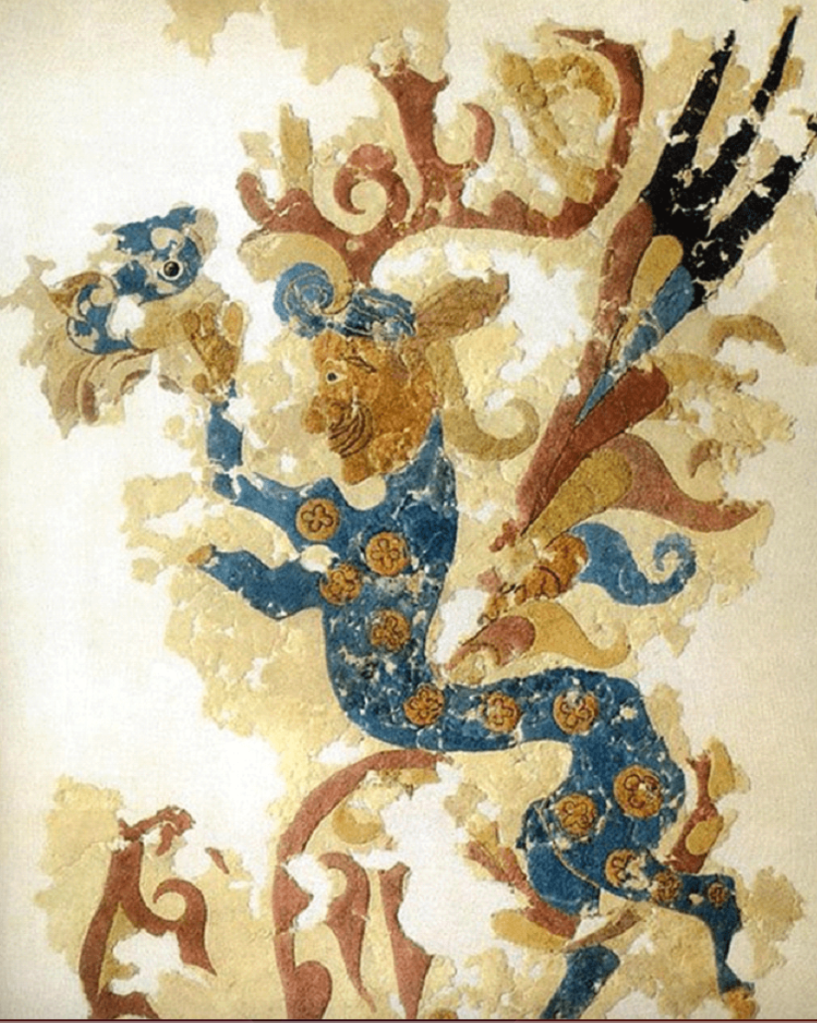
“Numerous Iron-Age nomadic alliances flourished along the 5000-mile Eurasian steppe route. From Crimea to the Mongolian grassland, nomadic image-making was rooted in metonymically conveyed zoomorphic designs, creating an alternative ecological reality. The nomadic elite nucleus embraced this elaborate image system to construct collective memory in reluctant, diverse political alliances organised around shared geopolitical goals rather than ethnic ties. Largely known by the term “animal style”, this zoomorphic visual rhetoric became so ubiquitous across the Eurasian steppe network that it transcended border regions and reached the heartland of sedentary empires like China and Persia.”
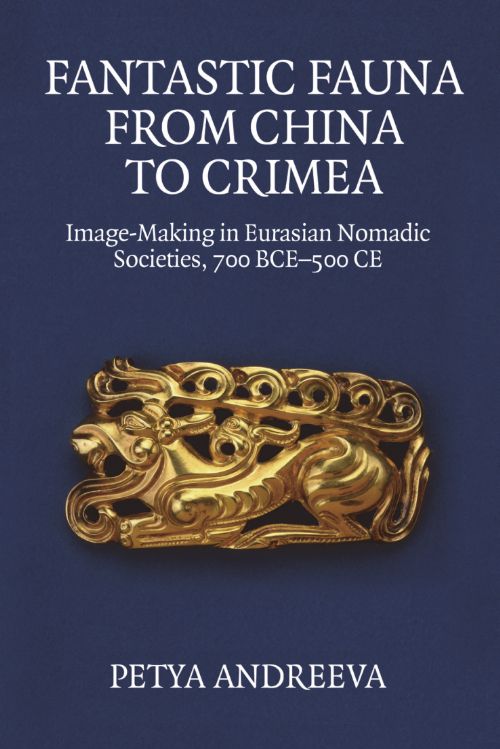
******************************
On Saturday 9 September 2023 the TMA/SC will host an online talk by Jeevak and Banoo Parpia entitled Traded Treasures: Indian Trade Cloth, Influencing and Influenced by World Markets. This talk is co-sponsored by the South Asian Art Council. A wonderful exhibition of part of the Parpia collection is currently on show at the Museum of Fine Arts in Houston – but hurry, as it closes on 4 September.
“India is renowned for the textiles it produced for centuries for world markets around the Indian ocean, from Indonesia to the east coast of Africa and beyond, into the Mediterranean and Europe. Not only did the textiles from the market influence the Indian makers, but the local markets also began to produce textiles resembling the imports from India. Using the Parpia collection as a starting point, Jeevak and Banoo Parpia (with examples drawn from their collection and others) will focus on several designs that exhibit continuity. Later examination of examples worldwide reveals a strong affinity for certain designs.”
This talk will take place at 10am PT, 1pm ET, 1800 BST. It is free, but you do need to register for it here.

******************************
On Wednesday 13 September 2023 OATG members John Gillow and Sallie Ead will be running another of their Pop-up in Pimlico antique textile events, along with Martin Conlan of Slow Loris. Full details are shown in the poster below.
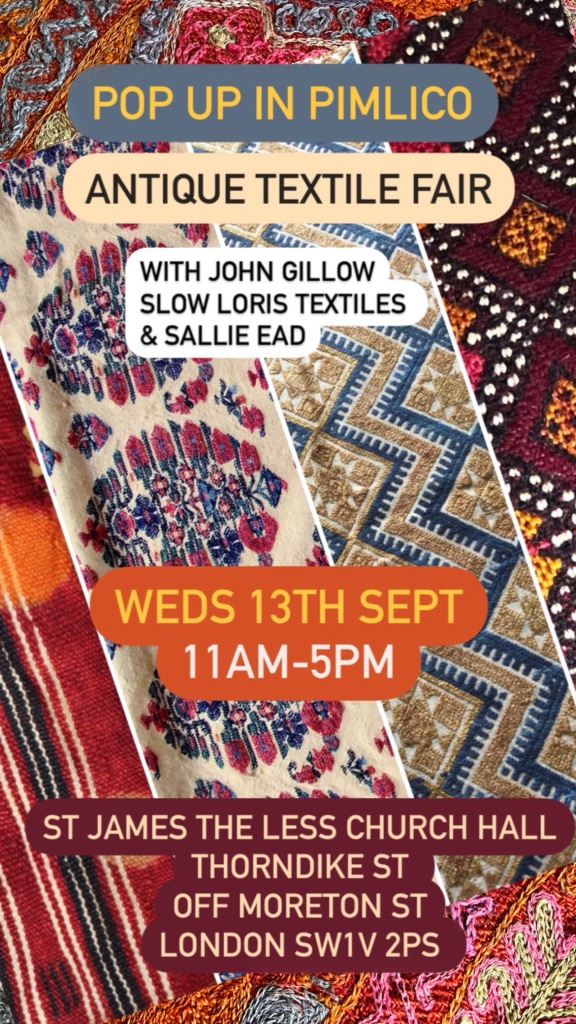
******************************
On Thursday 14 September 2023 the Association of Dress Historians are hosting an online talk with three distinguished speakers. The subject is Curating Fashion & History and it will take place at 17:00 BST. The speakers are:-
‘Anna Reynolds, Deputy Surveyor of The King’s Pictures at the Royal Collection Trust, presenting on Style & Society: Dressing the Georgians at the Queen’s Gallery, Buckingham Palace, London, until 8 October.
Polly Putnam, Curator, Collection at Royal Historic Palaces, presenting on Crown to Couture: The Fashion Show of the Centuries at Kensington Palace, London, until 29 October.
Georgina Ripley, Principle Curator of Modern and Contemporary Design at National Museums Scotland, presenting on Beyond The Little Black Dress at National Museums Scotland, Edinburgh from 1 July – 29 October.
This will be a fabulous opportunity to hear a behind-the-scenes perspective on concept, creation and making the leap between research to exhibition.’ This event is free for ADH members, with a fee payable for non-members. You can find out more and register for it here.

******************************
If you’ve enjoyed reading this blog why not subscribe so you don’t miss the next one? Simply go to our WordPress site and scroll down the column on the right, then enter your email address. Other blogs/newsletters I would recommend are the ClothRoads blog, written by Marilyn Murphy, and the newsletter of the Textile Museum Associates of Southern California (TMA/SC), written by fellow OATG member Cheri Hunter.
******************************

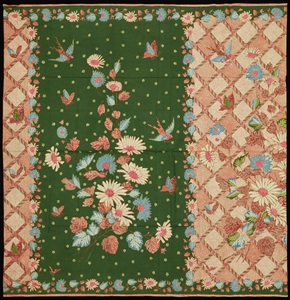
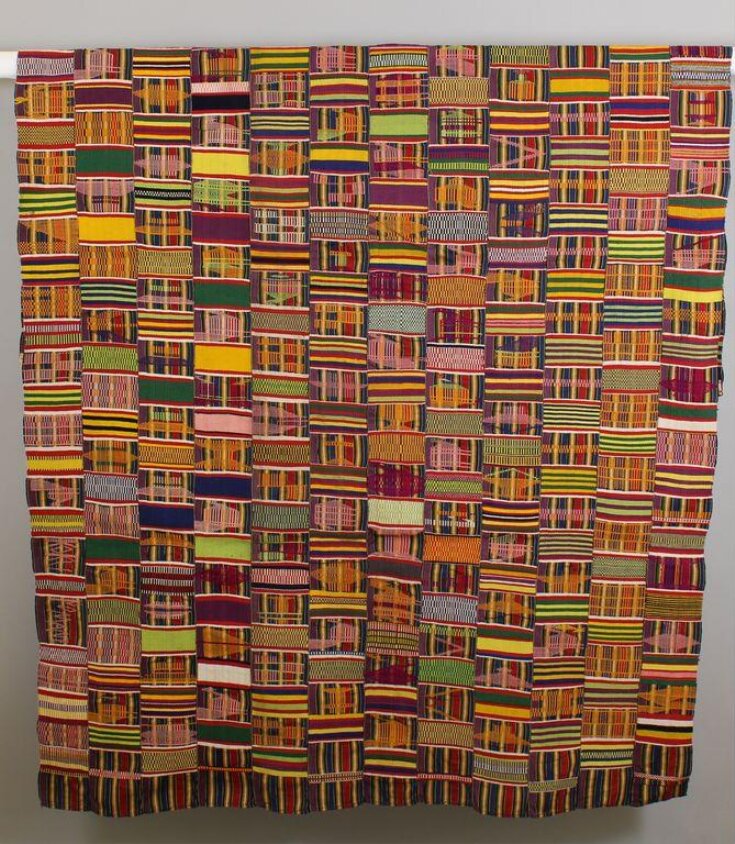
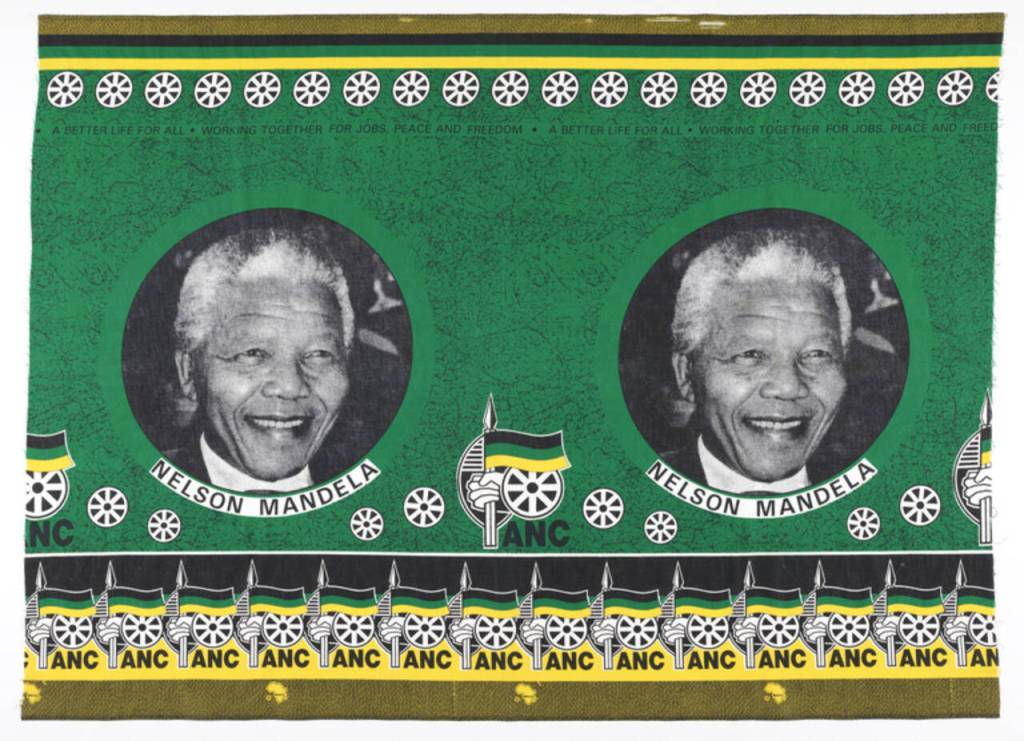

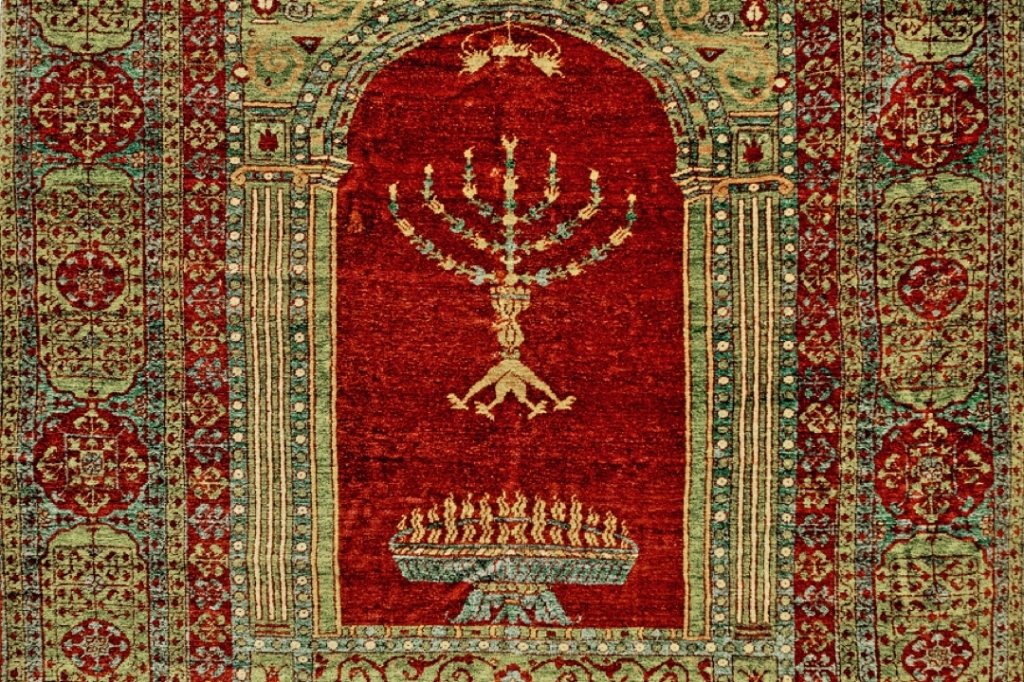






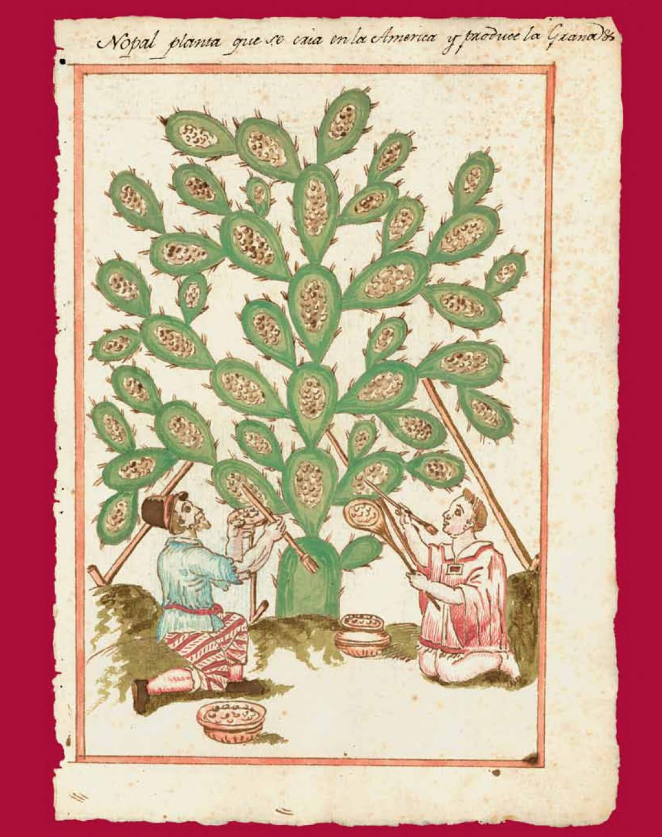
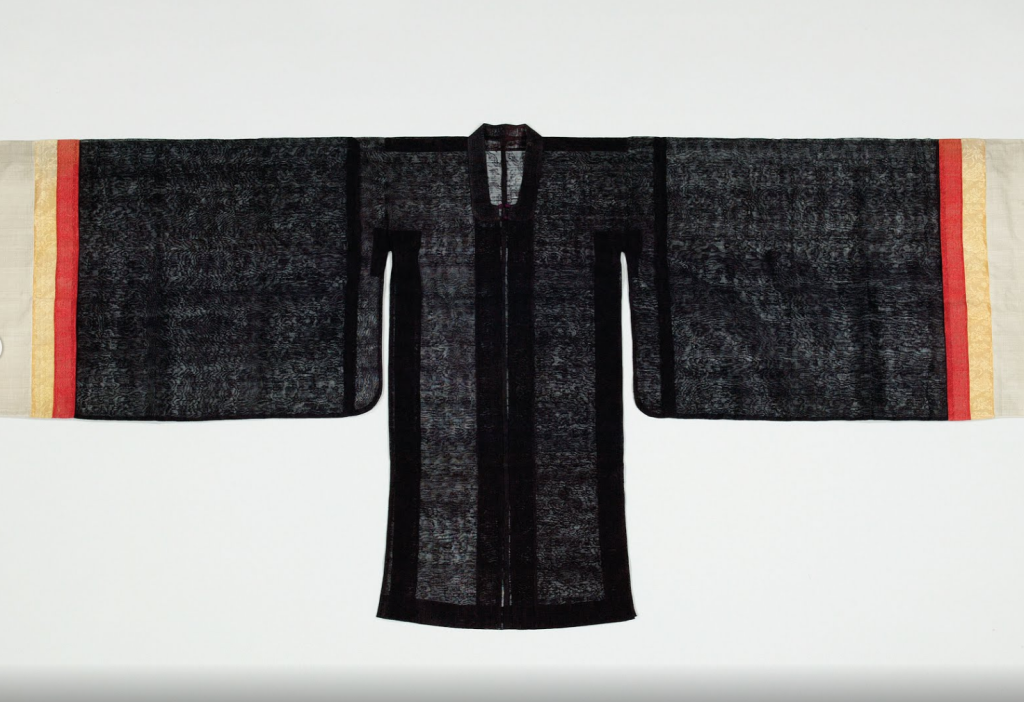



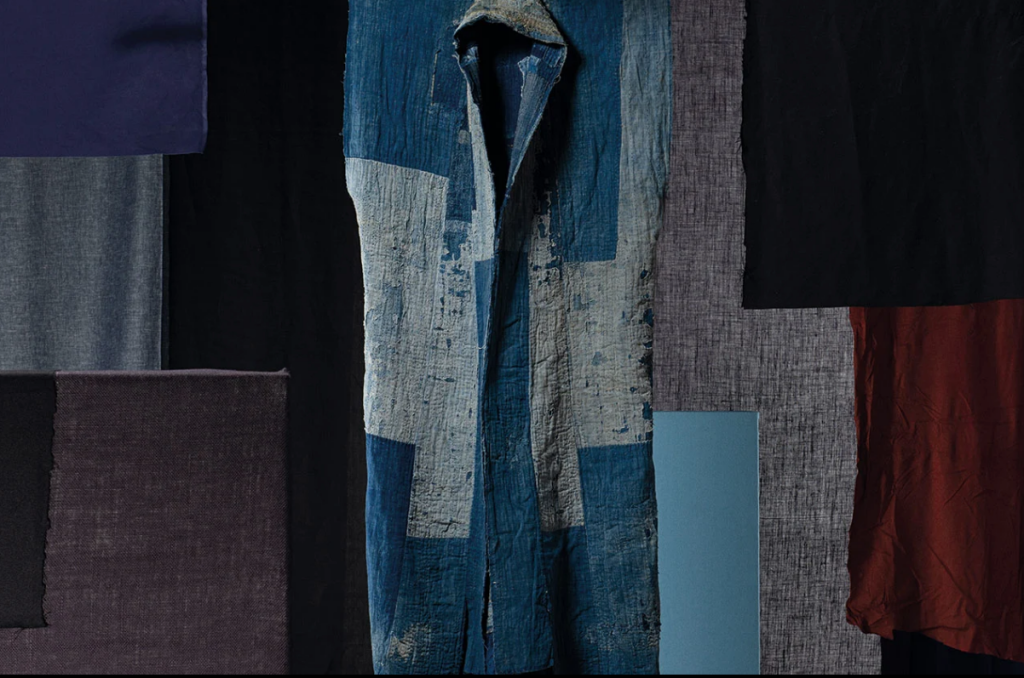



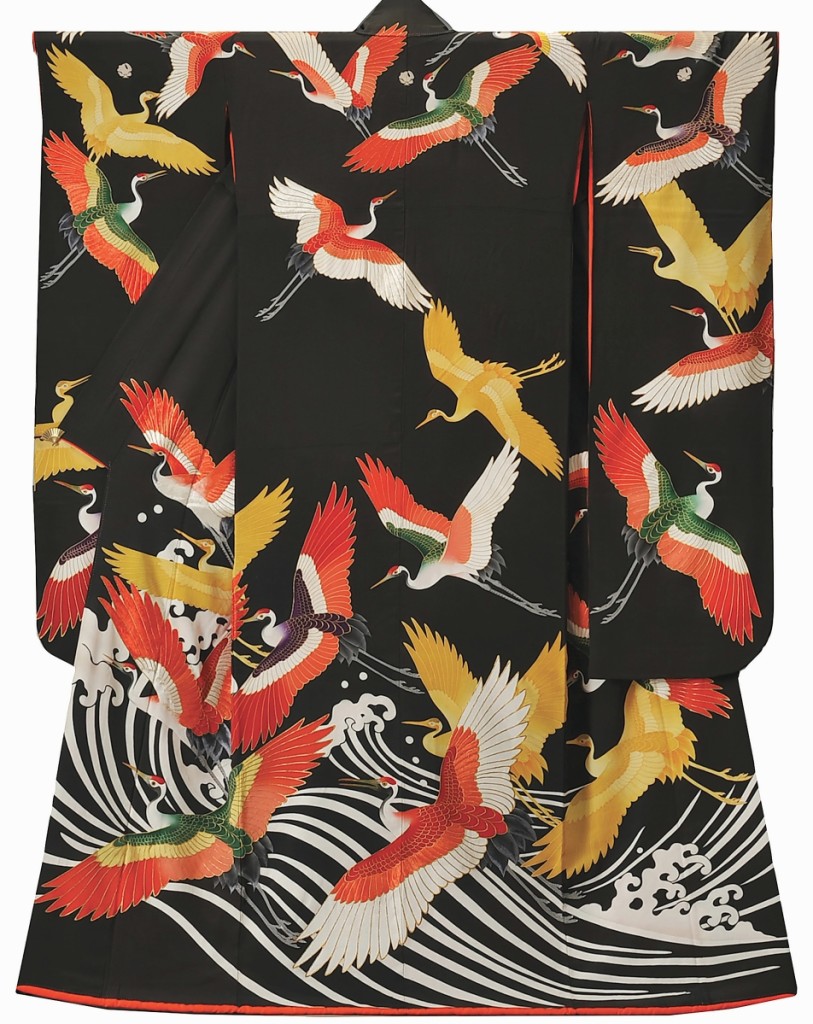

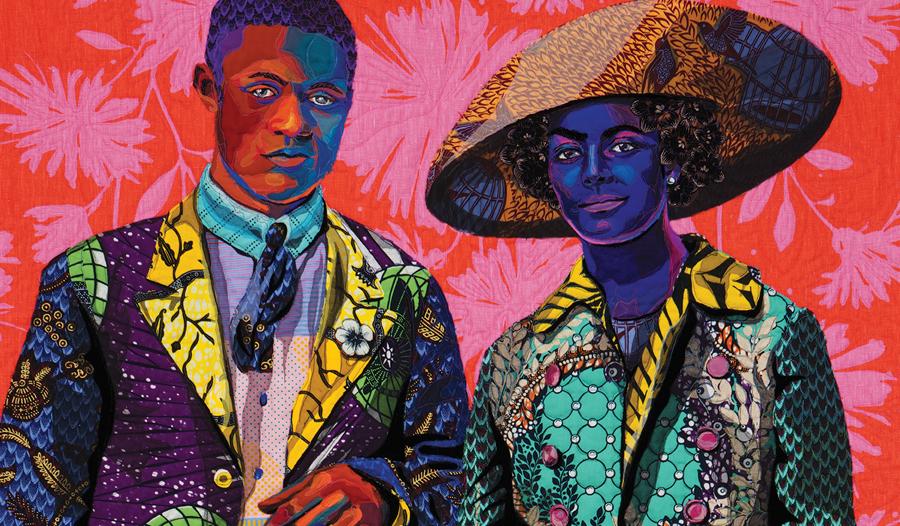




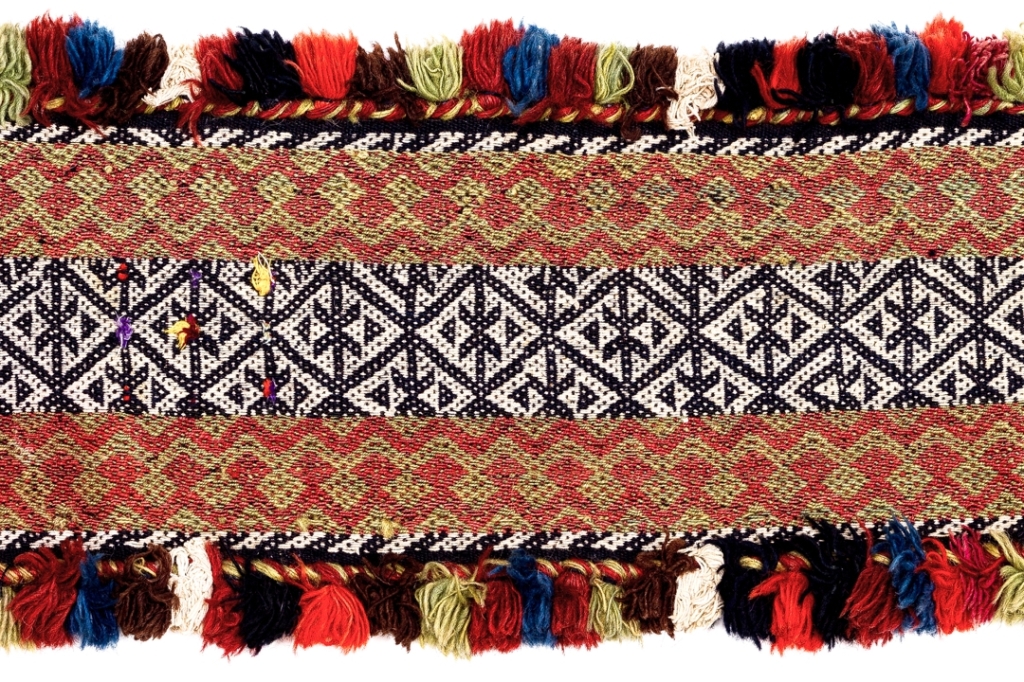



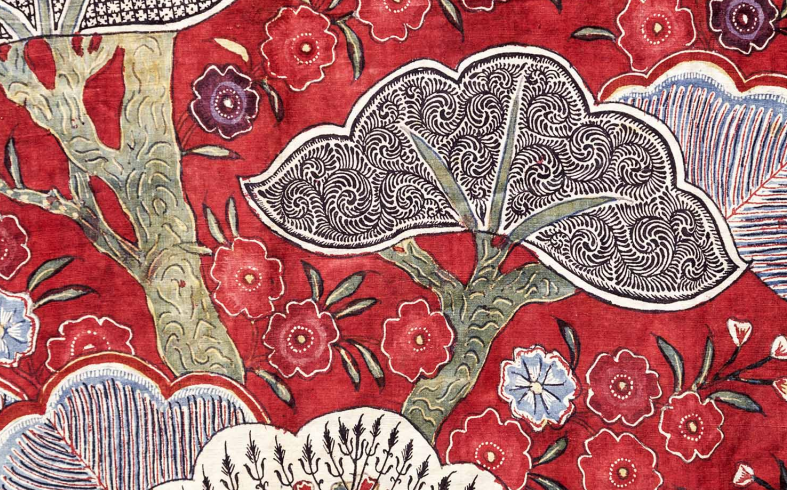

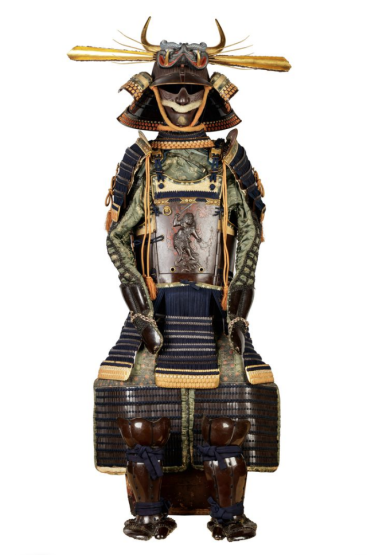









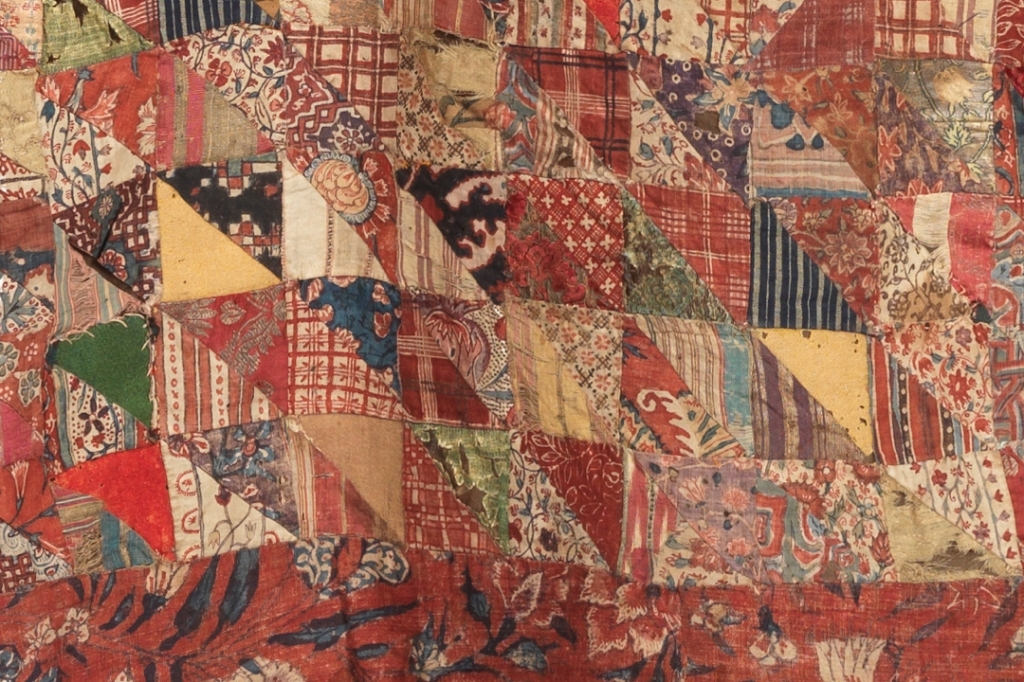
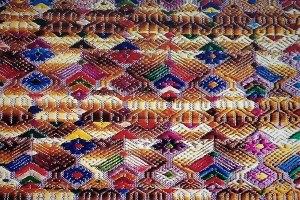
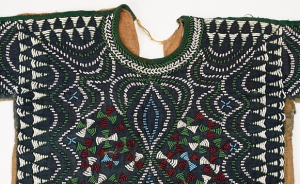
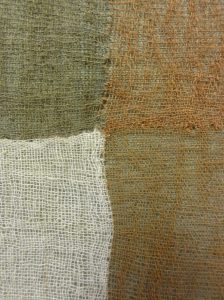
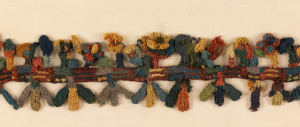
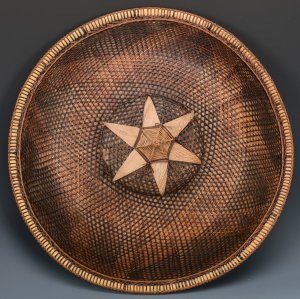
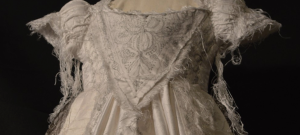



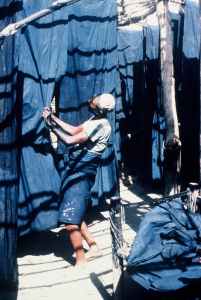
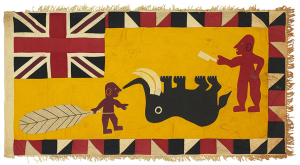 ©Karun Thakar Collection
©Karun Thakar Collection